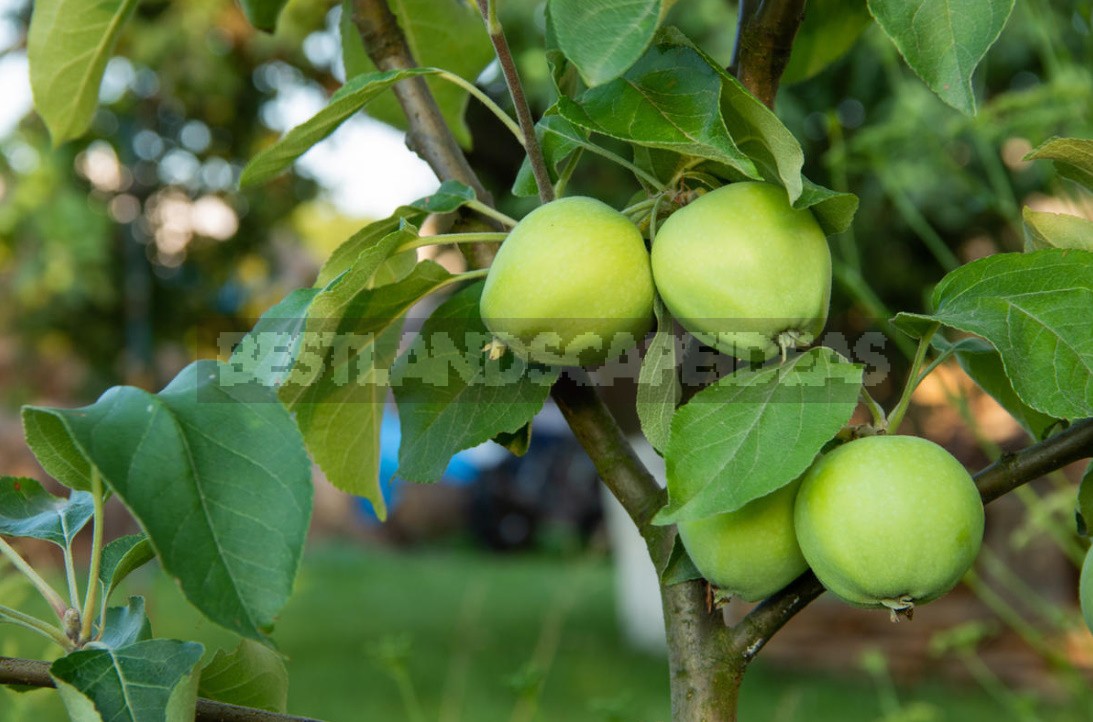
When laying a fruit garden, it is easy to make mistakes that are then difficult or impossible to correct. Fruit trees tolerate transplanting well only when they are young, so manufacturers offer planting material at the age of one to three years. Be prepared for the fact that the garden needs to be grown, and this is an exciting process! Modern varieties enter fruiting much earlier than the “classic” ones, loved since childhood: in most cases-for 5-6 years.
Where to start?
Study the range (in the Internet age, this is not difficult) — and all other things being equal, give preference to varieties zoned for your area. Varieties whose fruits are sold in stores all year round, you can not even consider.
And the old, time-tested varieties, although they cause many attacks of nostalgia because of the “taste of childhood”, have long since given way in industrial gardening to modern cultivars that surpass them in their rate of fruitfulness and resistance to diseases. In addition, older varieties usually need more extensive pruning and protection from diseases. Evaluate all the pros and cons of the variety — with proper care, you can “pass on” the tree not only to your children, but also to your grandchildren.
We have told the world many times that we should not chase cheapness, and still many summer residents persist in stepping on the same rake, making a purchase from dubious sellers. Go for a green pet to a reliable nursery (a place where plants are grown, not just overexposed and sold) or a garden center (a retail outlet), where competent employees will give a comprehensive answer to all your questions. Specialists will tell you about the characteristics of the variety and the type of rootstock. Find out from them where the seedling is grown (ideally-as close to your area as possible): plants brought from the South are beautiful and strong, but their winter hardiness is significantly lower.
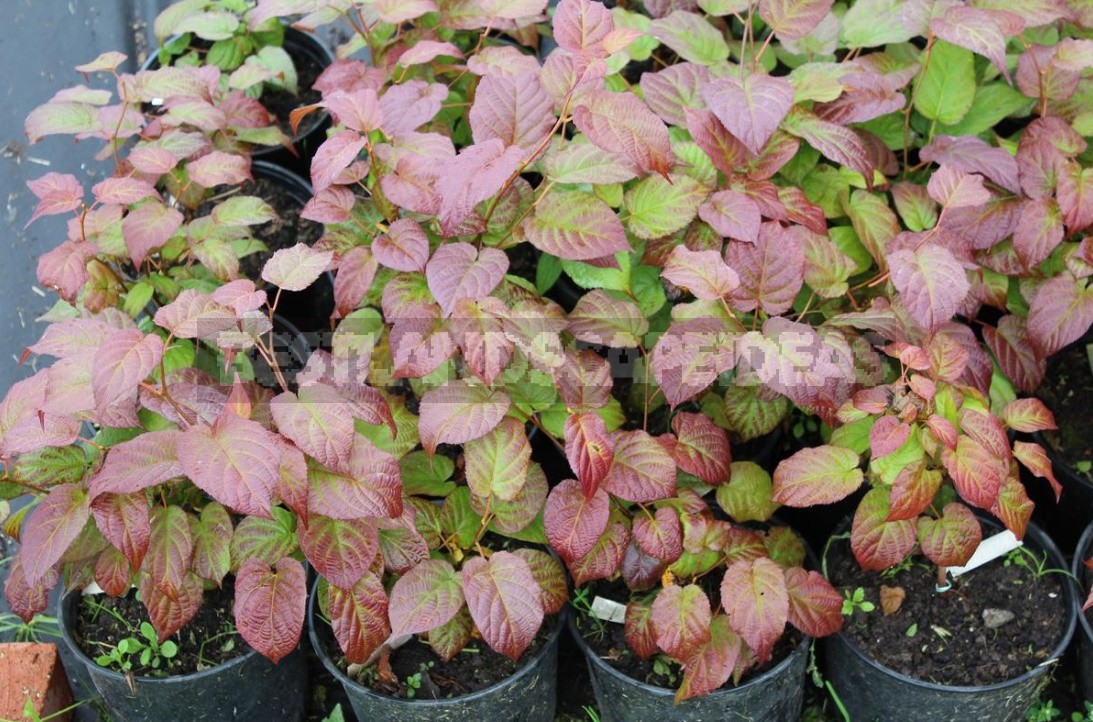
What is it, the perfect seedling?
An ideal seedling has an even stem with the necessary number of twigs according to age. Annuals grown in the middle lane do not branch; plants of southern origin may have side branches. At two-year-olds the first tier of branches is laid, at three-year-olds-the second, and branches of the first tier begin to branch.
In many nurseries, young plants are cut to form a crown. An important factor is a well-developed root system that fits comfortably in the container (now almost all planting material is sold with a closed root system). If the roots have sprouted through drainage holes, the seedling “sits” in the container for a long time and has long been “asking” for a transplant — it can be purchased without fear, only you will need to carefully straighten the roots when planting.
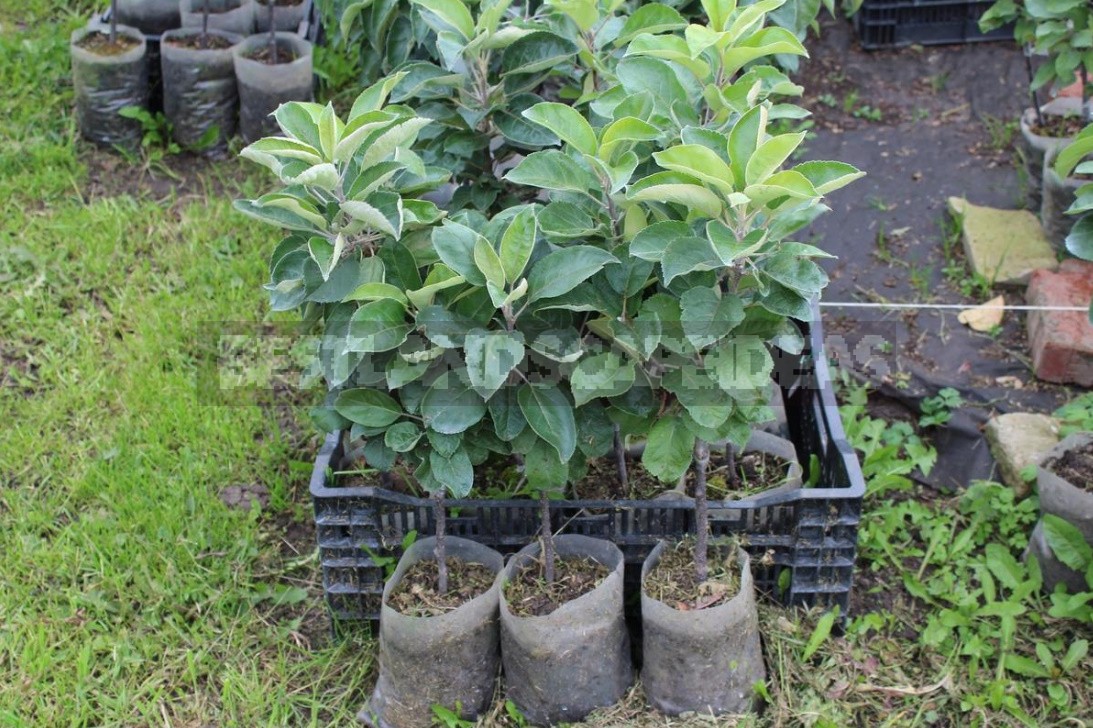
The roots should be elastic, light on the cut, with numerous light side roots, which provide the main job of absorbing water and nutrients from the soil. If you remove the container, the lump should be densely entwined with roots — so that the pot is removed easily, like a mold in a sandbox; it does not fall apart and is tightly held by the roots. The trunk, branches, leaves and roots look healthy, without spots and growths — signs of disease.
If you are buying a plum or cherry, ask the seller if the trees are grafted or rooted, and in the case of Apple and pear trees, ask about the type of rootstock. The type of rootstock affects both the size of the adult tree and the length of its life.
Planting an orchard
The orchard is located in the most honorable place-Sunny, warm, protected from the prevailing winds, with a fertile moderately moist soil and deep groundwater, on a flat place or a small southern slope. If your site does not have all the conditions, try to provide the maximum possible.
The planting hole
If it is not possible to improve the soil on the entire site, then pay special attention to the planting holes. According to the classics, they begin to prepare in advance, about six months before planting, so that the soil settles. The hole should be spacious, at least 1×1×1 m for a tree and 0.5×0.5×0.5 m for a shrub (if this is not possible, try to make the planting hole as large as possible).
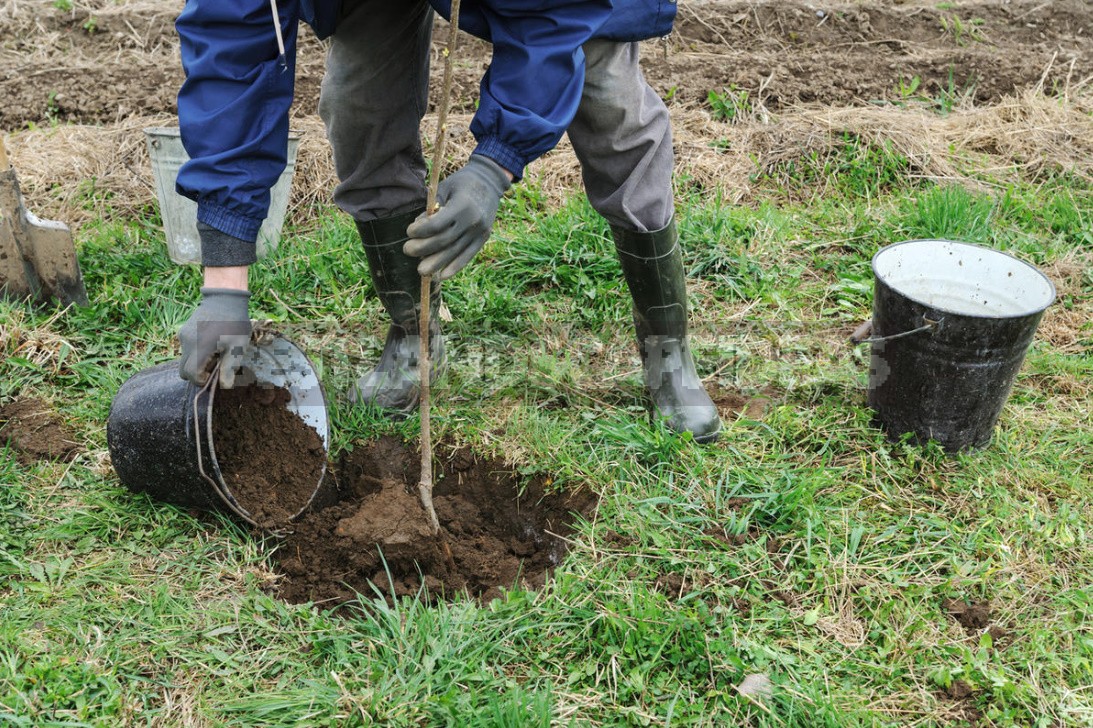
Fill it with fertile soil, humus, compost; on light soils, it is advisable to add clay, on heavy-sand and peat and, if necessary, make drainage. Use ash or ready-made mineral fertilizers, preferably slow-acting. The exact proportion depends on the quality of the soil. A well-filled planting pit will give the tree a supply of nutrients for 10-15 years. Between the fertilizers and the roots of the seedling should be a layer of earth 15-20 cm thick, because the young roots are very tender and can “burn”. Then the plant will definitely get used to it and will be grateful for the care.
How to place seedlings
When placing seedlings in the garden, be guided by the size of the adult plant: so, a tree 6 m high will have about the same diameter of the crown, and the root system will take up even more volume. Keep in mind the standard distances to buildings, communications, and fences. Too dense planting turns the orchard into an impenetrable jungle that does not yield a crop.
Young trees are strongly not recommended to be planted in the place of uprooted ones — try to retreat as far as possible. Not the best neighbors for fruit — coniferous plants (especially a combination of pear and juniper): a difficult fight against their common disease, rust, which has a complex development cycle involving both fruit and coniferous, is provided for you.
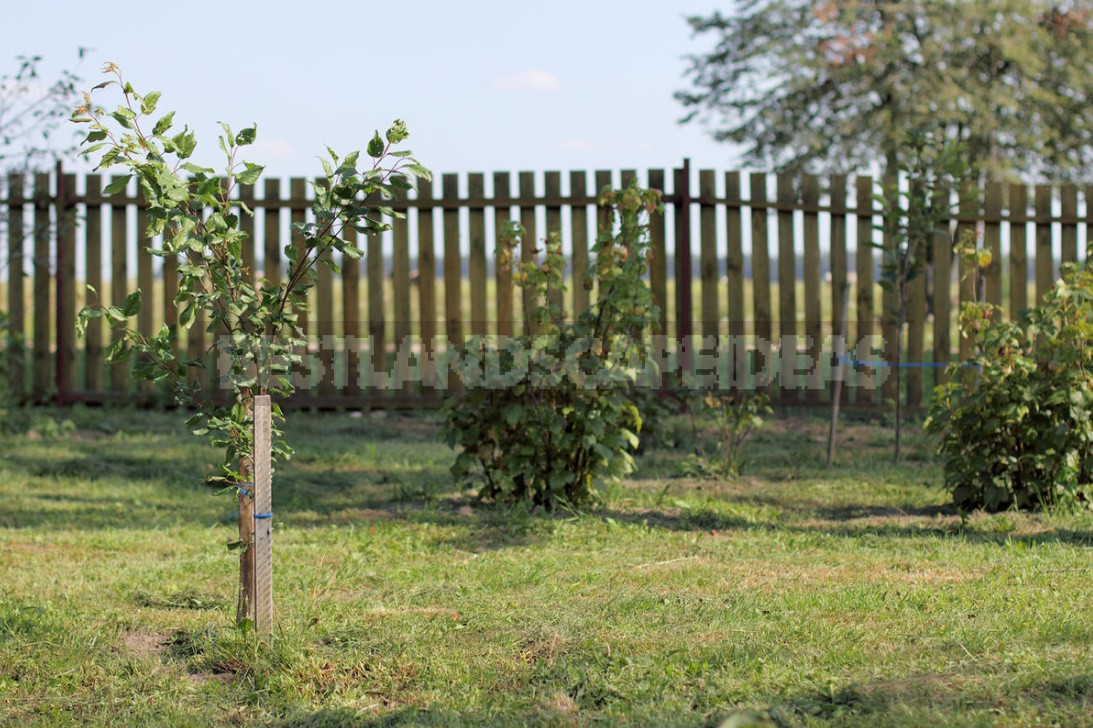
In large orchards, trees are arranged in rows, usually oriented from North to South. In a private garden, this is not always possible, so a possible option is to place groups of the same type with the necessary distances. Black currants, raspberries, Actinidia and Aronia melanocarpa are relatively shade-tolerant, but they feel better in full sun, which has a positive effect on both the crop and the decorative properties of plants.
Remember also that pears, Lonicera, and stone crops need to be cross-pollinated; the garden (or neighbors) must have plants of the same species, but of a different variety. At sea buckthorn on 5 female plants plant one male.
On the Internet, there is a large selection of seedlings of stone crops, among which there are self-fertile cultivars, and good pollinators that can be planted in the garden, where fruit trees that require cross-pollination are already growing. Be sure to pay attention to the information about the principle of pollination in the description of the plant (even if it is not on the label of the seedling or in the characteristics on the site).
So, for example, the cherry ‘Youth’ is self-fertile-it means that it does not need a pollinator for fruiting. In such “independent” individuals, about 50% of the flowers are fertilized from their own pollen. And if there is a pollinator nearby, there will be more ovaries. By the way, the fruits of this winter-hardy variety are large (up to 4.5 g), dark maroon, sweet and sour with a dense pulp.
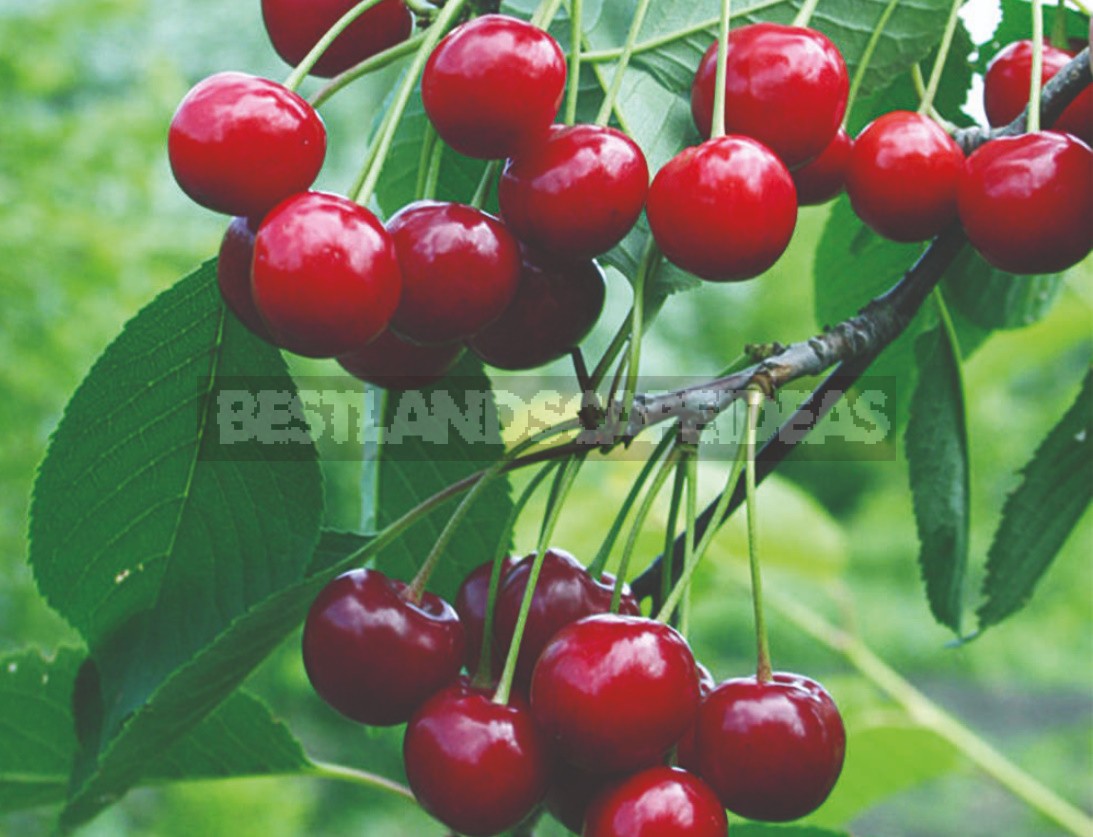
For comparison, the middle — term maturation varieties ‘chocolate’ and ‘Octave’ are partially self-fertile. It is believed that in such cultivars, only 20% of the flowers turn into ovaries when self-pollinating, so it is still desirable for them to plant pollinators side by side, and then you will collect cherries in buckets.
But sometimes it comes across and self-infertile, without a partner of the harvest do not expect. It is better to place its relatives in close proximity, not alternating with plantings from other crops, such as Apple or pear. The ideal case is when at least three different cherries grow next to each other.
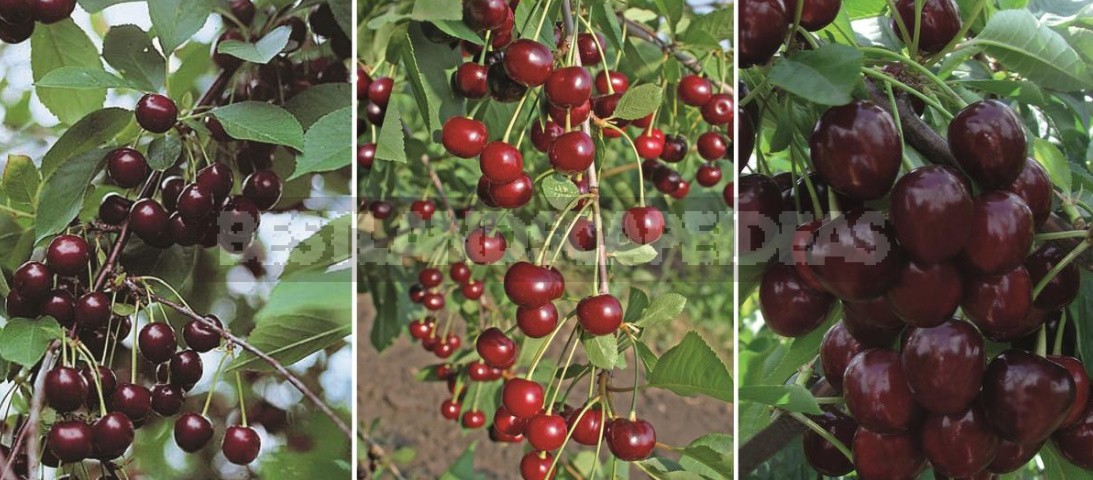
Plums, like cherries, will also bear fruit perfectly only if there is a partner — and self-fertile. By the way, this Quartet is very successful: different fruits in taste and size, different maturation periods.
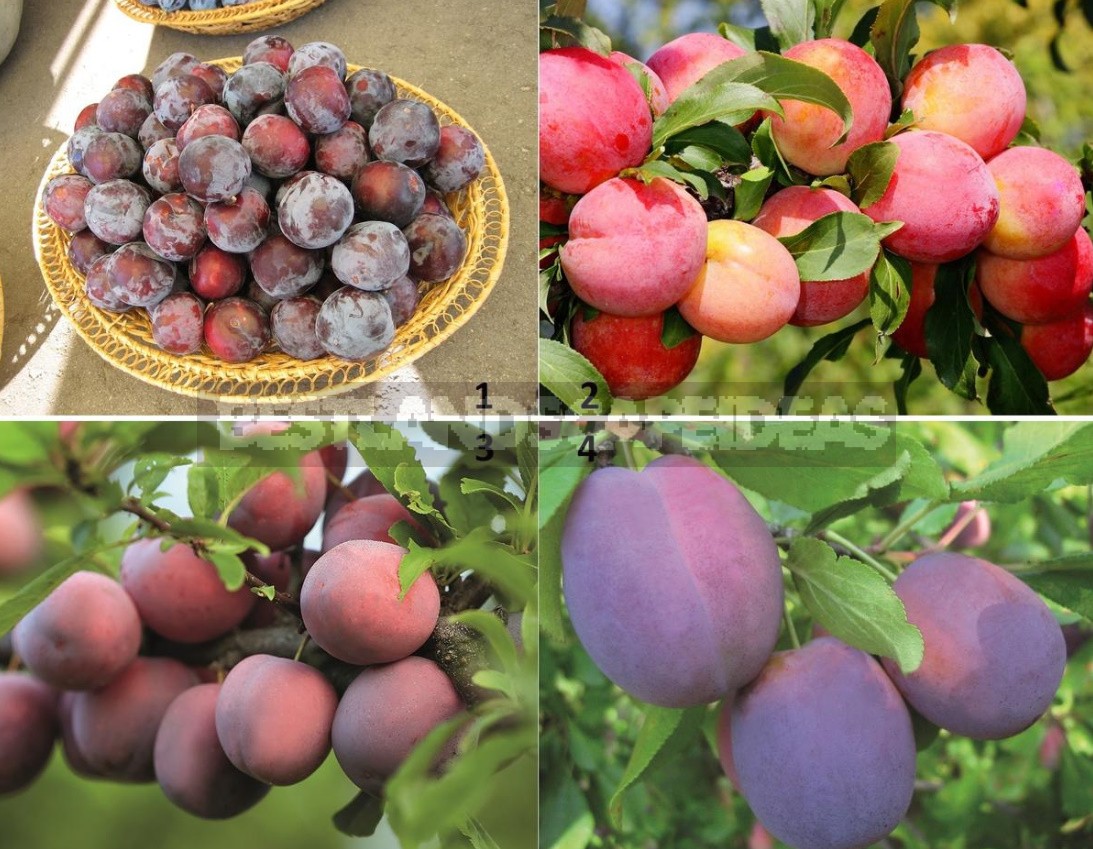
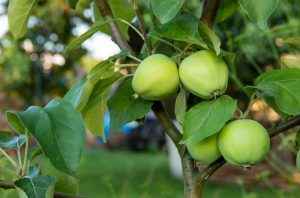
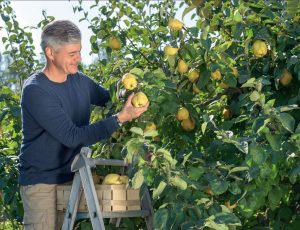
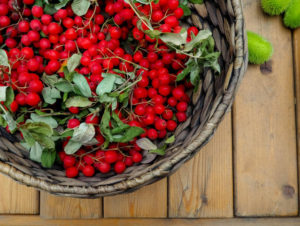
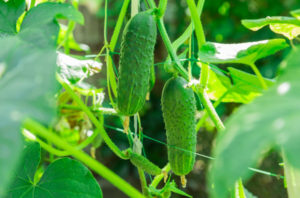
Leave a Reply